Search Images
Browse Content (p. 933)
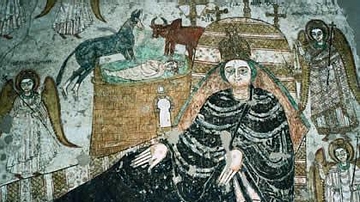
Image
Nativity Scene, Faras Cathedral
The Great Nativity, a wall fresco from Faras Cathedral, Nubia. 10th-11th century CE.
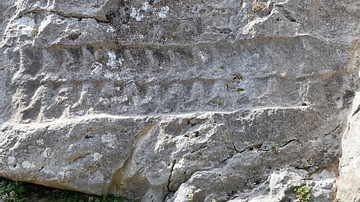
Image
Rock Relief with Procession of Hittite Deities at Yazilikaya
Rock relief in Chamber A of the Yazilikaya Hittite Sanctuary (13th century BCE) near Hattusa depicting a procession of male deities. They all wear shoes curling up at the toe, and many are armed with either a sickle-shaped sword or a mace...
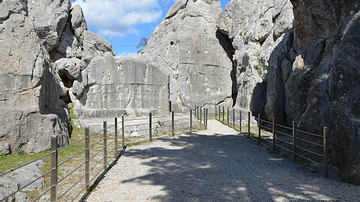
Image
Yazilikaya Hittite Rock Sanctuary, Overview of Chamber A
The Yazilikaya Hittite sanctuary was made of two rock chambers, later labelled Chamber A and Chamber B by archaeologists. The walls of each chamber were covered with the richest and most striking samples of Hittite relief art. They featured...
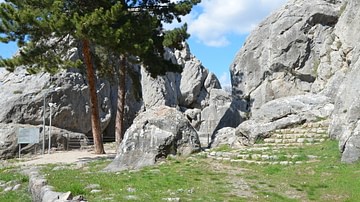
Image
Yazilikaya Hittite Rock Sanctuary
Yazılıkaya is a Hittite rock sanctuary located about 1.5 kilometres northeast of Hattusa, the capital city of the Hittite Empire in the late Bronze Age. It is the largest known Hittite rock monument. The sanctuary consisted of a temple-like...
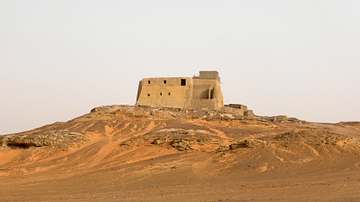
Image
Royal Palace, Old Dongola
The remaining part of the royal palace of Old Dongola, Sudan. Built c. 1002 CE, it was converted into a mosque in 1317 CE.

Image
Yonec
14th-century CE manuscript of Marie de France's Yonec.
Bibliothèque nationale de France, Manuscrits (fr. 24432)
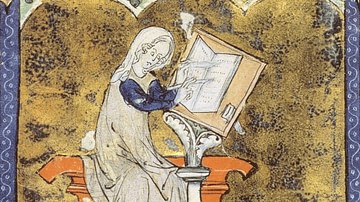
Image
Marie de France
Marie de France (wrote c. 1160-1215 CE), from an illuminated manuscript now in the Bibliothèque nationale de France: BnF, Arsenal Library, Ms. 3142 fol. 256.
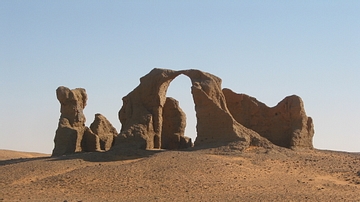
Image
North Church, Old Dongola
The ruins of the North Church at Old Dongola, Sudan. 13th century CE.

Image
Muslim Qubba Tombs, Dongola
Muslim qubba tombs near Old Dongola, Sudan. 17th century CE.
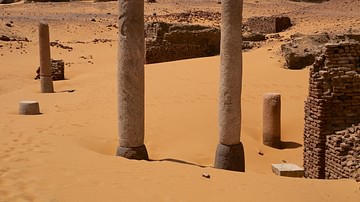
Image
Church of the Granite Columns, Dongola
The Church of the Granite Columns at Old Dongola, Sudan, 7th century.